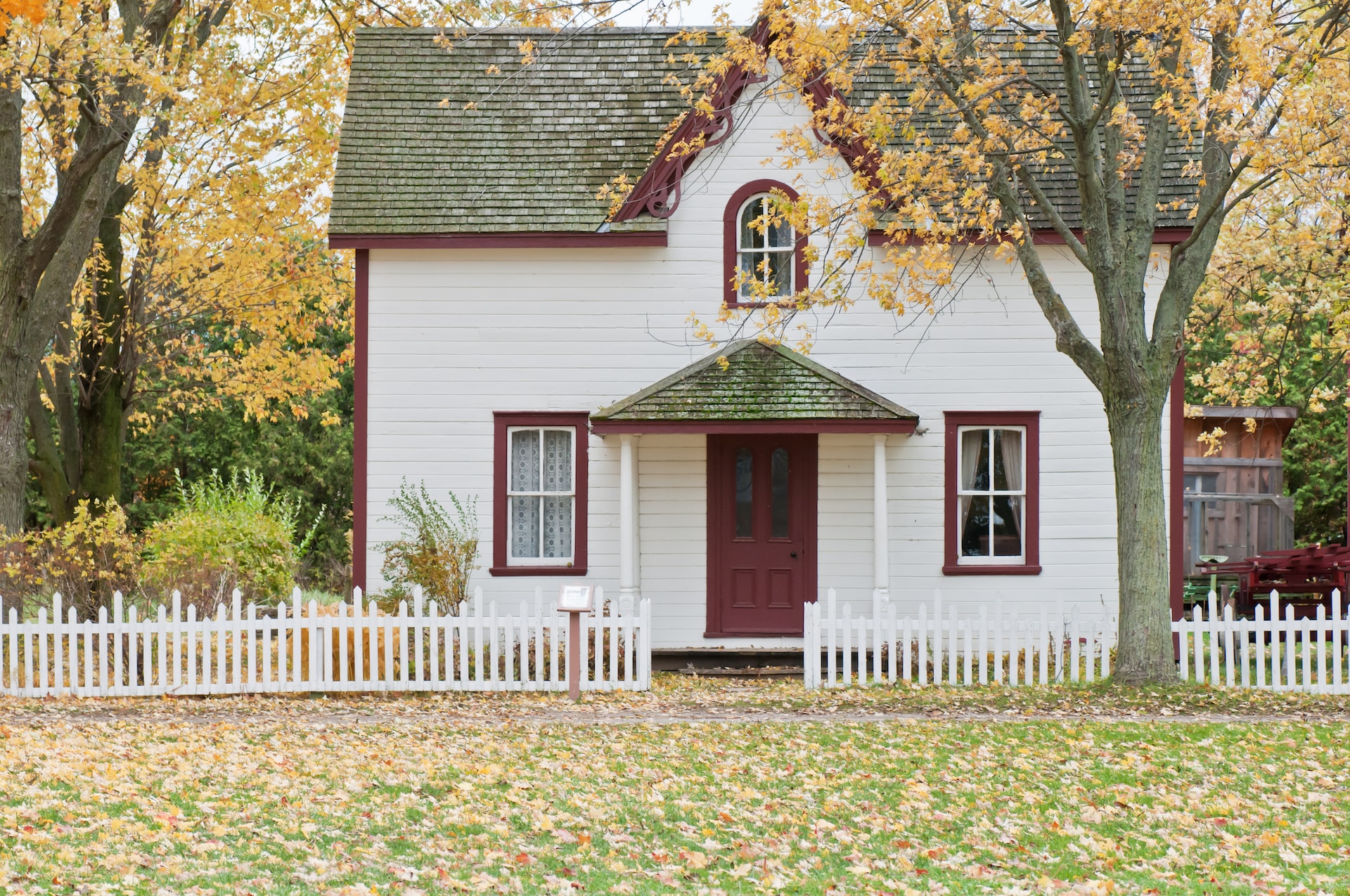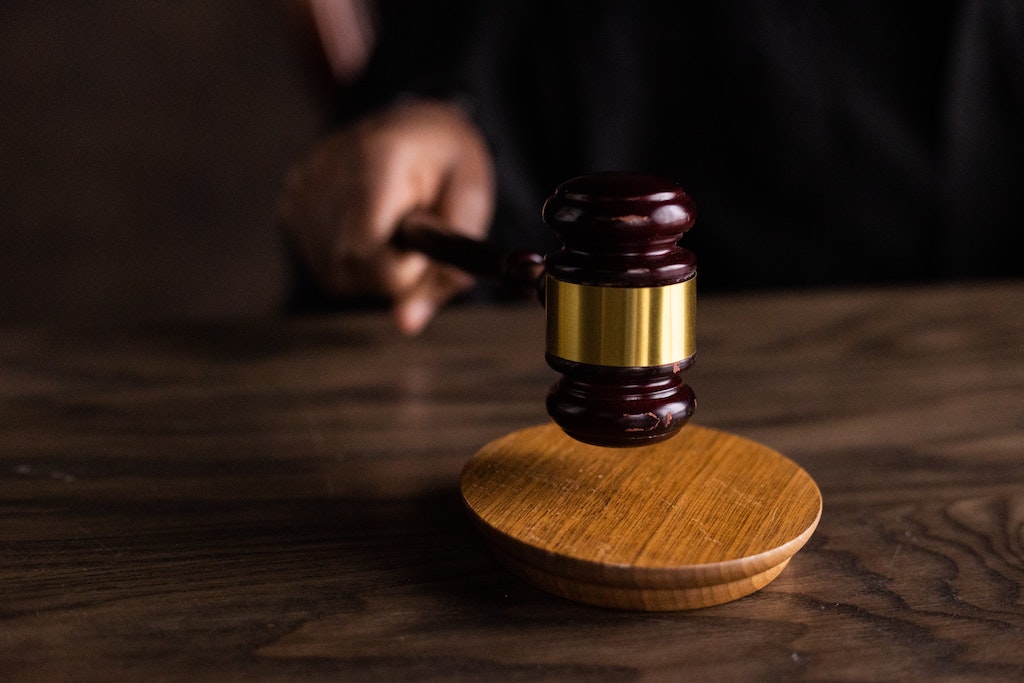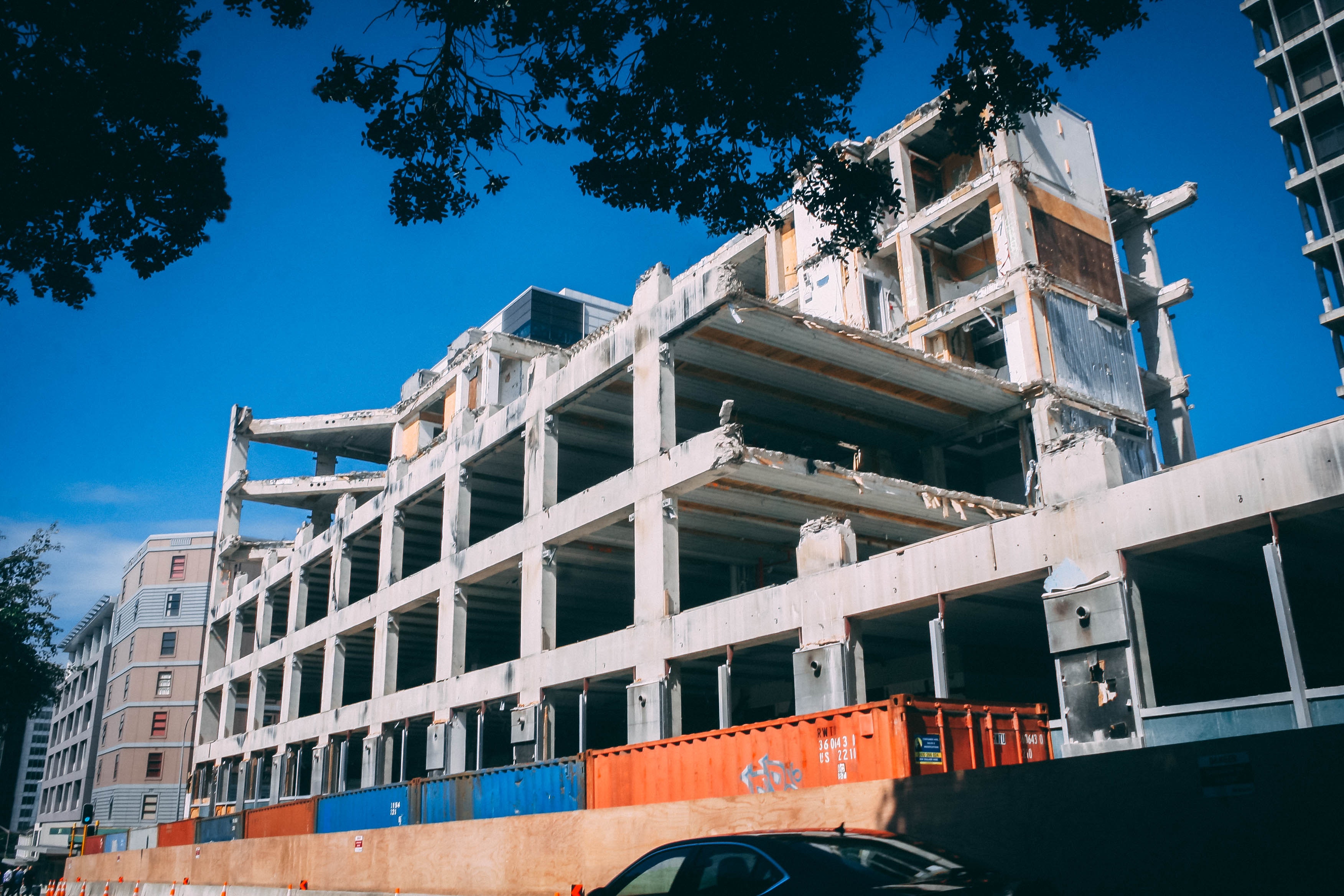Home insurance protects your home and belongings should a covered event occur. However, standard home insurance policies have limitations and exclusions that homeowners must be aware of. Knowing what your policy doesn’t cover can help you avoid unexpected expenses and ensure you have the right protection.
Common Exclusions in Standard Home Insurance Policies
Natural Disasters
Certain natural disasters are often excluded from standard home insurance policies.
- Floods: Standard policies do not cover flood damage. Homeowners in flood-prone areas need to purchase separate flood insurance. The National Flood Insurance Program (NFIP) offers policies specifically for this purpose. Assessing your flood risk is important, as flood damage can be devastating and expensive to repair. Flood insurance typically covers structural damage, electrical and plumbing systems, appliances, and personal belongings such as clothing and furniture.
- Earthquakes: Special earthquake insurance is required for protection against seismic activities. It can cover repairs to your home, personal belongings, and additional living expenses if you are displaced. Premiums and deductibles for earthquake insurance vary based on your location and home construction. Retrofitting your home to withstand earthquakes can also reduce premiums.
Maintenance Issues
Regular maintenance is the homeowner’s responsibility, and neglecting it can lead to issues that aren’t covered by insurance. Keeping up with home maintenance can prevent significant problems and ensure your home remains insurable.
- Wear and Tear: Damage resulting from normal wear and tear is not covered. This includes aging roofs, plumbing, and electrical systems. Regular inspections and maintenance can prevent significant problems. For example, having your roof inspected annually can help identify and fix minor issues before they become major repairs.
- Pest Infestations: Damage caused by termites, rodents, or other pests is typically excluded, as it’s considered a preventable maintenance issue. Homeowners should take preventive measures such as regular pest control treatments and inspections to avoid infestations.
Personal Property and Valuables
While home insurance covers personal property, there are limits.
- High-Value Items: Jewelry, art, and other valuable items may have limited coverage. Standard policies often have a cap on the amount they will pay for these items. For instance, there might be a $1,500 limit for jewelry. Additional coverage or a rider may be necessary to fully protect these items. Riders can provide higher limits or coverage for specific valuable items, such as a valuable painting or an expensive watch.
- Limits on Personal Property Coverage: Standard policies have limits on how much they will pay for personal property. Ensure you know these limits and consider additional coverage if needed. A home inventory can help you determine the value of your belongings and the amount of coverage you need.
Liability Coverage Limitations
Home insurance includes liability coverage, but there are limitations. Knowing these limitations can help you decide if you need additional liability coverage.
- Dog Bites and Dangerous Pets: Some breeds or pets considered dangerous may not be covered under standard liability coverage. Insurance companies often have a list of excluded breeds, such as pit bulls or rottweilers. If you own a pet that is considered high-risk, you may need additional liability insurance or a separate policy. Training and proper supervision can also help reduce the risk of incidents involving your pet.
- Home Businesses: Running a business from home may require separate business insurance, as standard policies typically do not cover business-related liabilities. This includes equipment, inventory, and liability for business-related injuries. A home business policy or endorsement can provide the necessary coverage.
Special Considerations
Certain damages and situations are often excluded from standard home insurance. Being aware of these exclusions can help you take steps to protect your home.
- Mold Damage: Mold damage is frequently excluded unless it results from a covered peril. For example, mold caused by a burst pipe may be covered, but mold due to humidity or poor maintenance is not. Mold remediation can be costly, so preventive measures such as proper ventilation and moisture control are essential.
- Sewer Backup: Damage from sewer or drain backups usually requires additional coverage or an endorsement. Sewer backup insurance can cover the cost of cleaning and repairs, which can be extensive. Installing a backwater valve can also help prevent sewer backups.
- Acts of War: Damage caused by war or similar acts is not covered. This exclusion includes damage from war, insurrection, and nuclear hazards. While these events are rare, it’s important to be aware of this exclusion.
Understanding the exclusions in your home insurance policy is vital for comprehensive protection. Review your policy carefully and consider additional coverage options to ensure you are fully protected. By knowing what is and isn’t covered, you can avoid surprises and safeguard your home and belongings effectively. Regularly updating your policy to reflect changes in your property and personal circumstances can also help maintain adequate coverage. Whether it’s adding a rider for a valuable item, purchasing flood insurance, or getting coverage for a home-based business, taking proactive steps can provide peace of mind and financial security.




